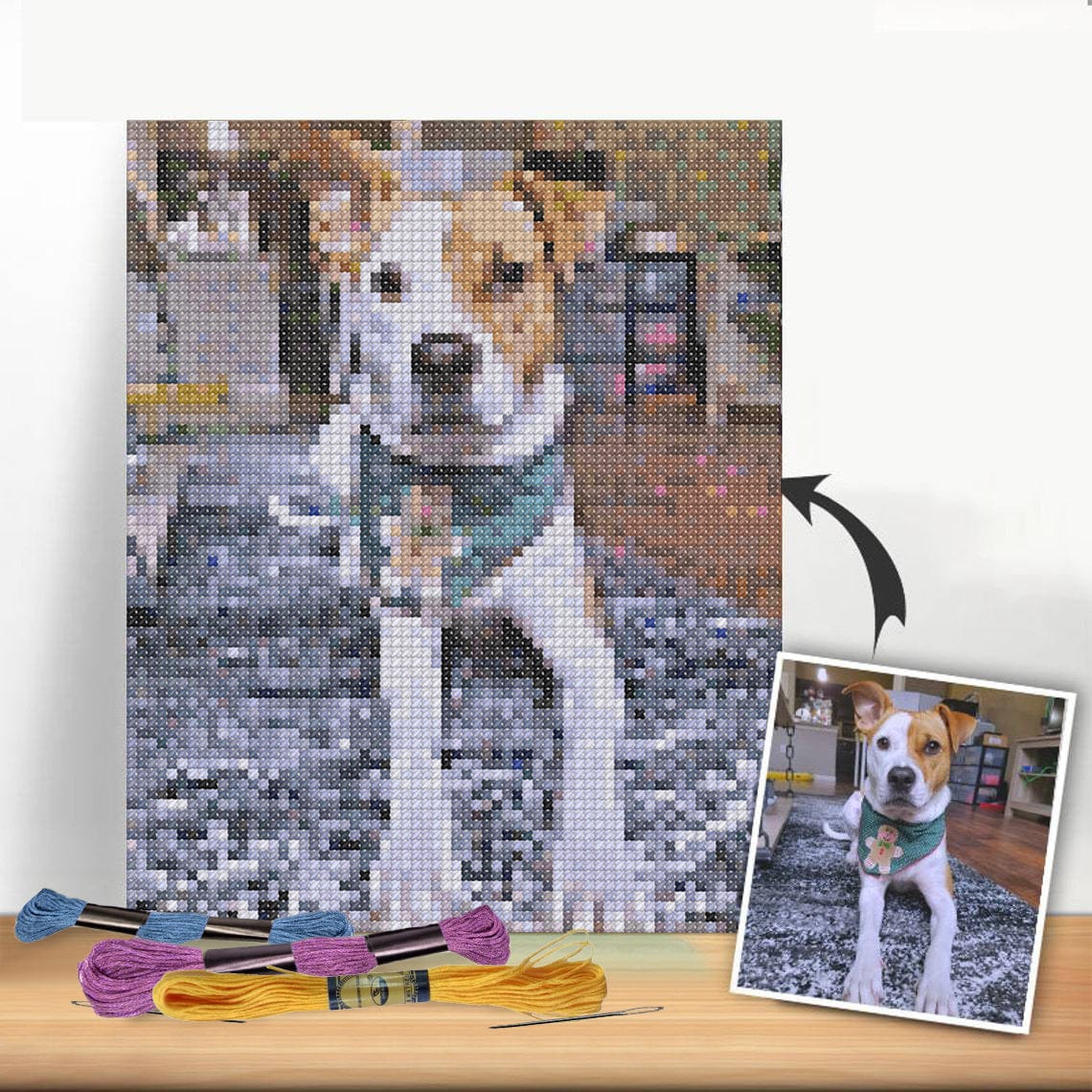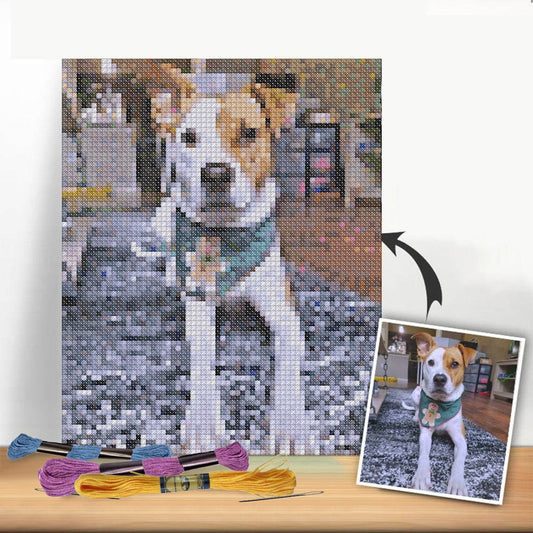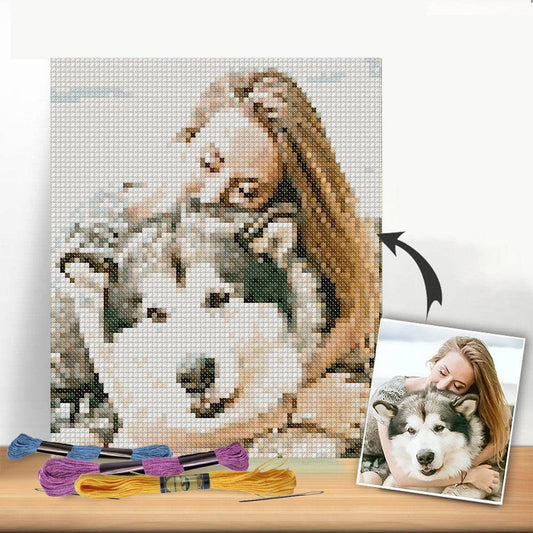The Magic of Felting
Felting is a timeless craft that involves transforming raw wool fibers into a dense fabric through the process of agitation. Using special needles, you can sculpt, shape, and create intricate designs with ease. Mastering the art of felting requires patience, practice, and the right tools. In this guide, we will explore the different types of needles and techniques you need to know to become a felting pro.
Types of Felting Needles
There are three main types of felting needles: single-pointed, double-pointed, and spiral. Single-pointed needles are the most common and versatile option, allowing you to create detailed designs and textures. Double-pointed needles are perfect for working on larger projects and felting in tight spaces. Spiral needles are ideal for blending colors and creating smooth surfaces.
Choosing the Right Needle
When selecting a felting needle, consider the type of project you will be working on and the level of detail you want to achieve. Thinner needles are best for fine detailing, while thicker needles are better for sculpting and shaping larger areas. It's also important to choose needles made from high-quality materials to ensure durability and longevity.
Basic Felting Techniques
Now that you have your needles ready, it's time to start felting! Here are some basic techniques to get you started:
Dry Felting
Dry felting involves using the needles to repeatedly poke the wool fibers until they interlock and form a solid fabric. This technique is great for creating three-dimensional shapes and adding texture to your projects.
Wet Felting
Wet felting involves combining hot water, soap, and pressure to bind the wool fibers together. This technique is perfect for creating flat, smooth surfaces and for blending colors seamlessly. Remember to handle wet felt with care to avoid distortion.
Needle Felting
Needle felting is a combination of dry and wet felting techniques, using the needles to sculpt, shape, and blend the wool fibers. This technique allows for precise detailing and intricate designs, making it perfect for creating figurines, animals, and other decorative items.
Advanced Felting Techniques
Once you have mastered the basic techniques, you can experiment with more advanced felting techniques, such as overlaying, blending, and embellishing. These techniques allow you to create more complex designs and add a personal touch to your projects.
Overlaying
Overlaying involves layering different colors and textures of wool fibers to create depth and dimension in your felting projects. This technique is perfect for creating realistic textures and intricate patterns.
Blending
Blending involves mixing different colors of wool fibers together to create new shades and gradients. This technique allows you to create unique color combinations and add visual interest to your projects.
Embellishing
Embellishing involves adding beads, sequins, embroidery, and other decorative elements to your felting projects. This technique allows you to personalize your creations and make them truly one-of-a-kind.
With the right needles and techniques, the possibilities are endless in the world of felting. Whether you are a beginner or an experienced crafter, felting is a rewarding and versatile craft that allows you to unleash your creativity and create beautiful, handmade works of art.




